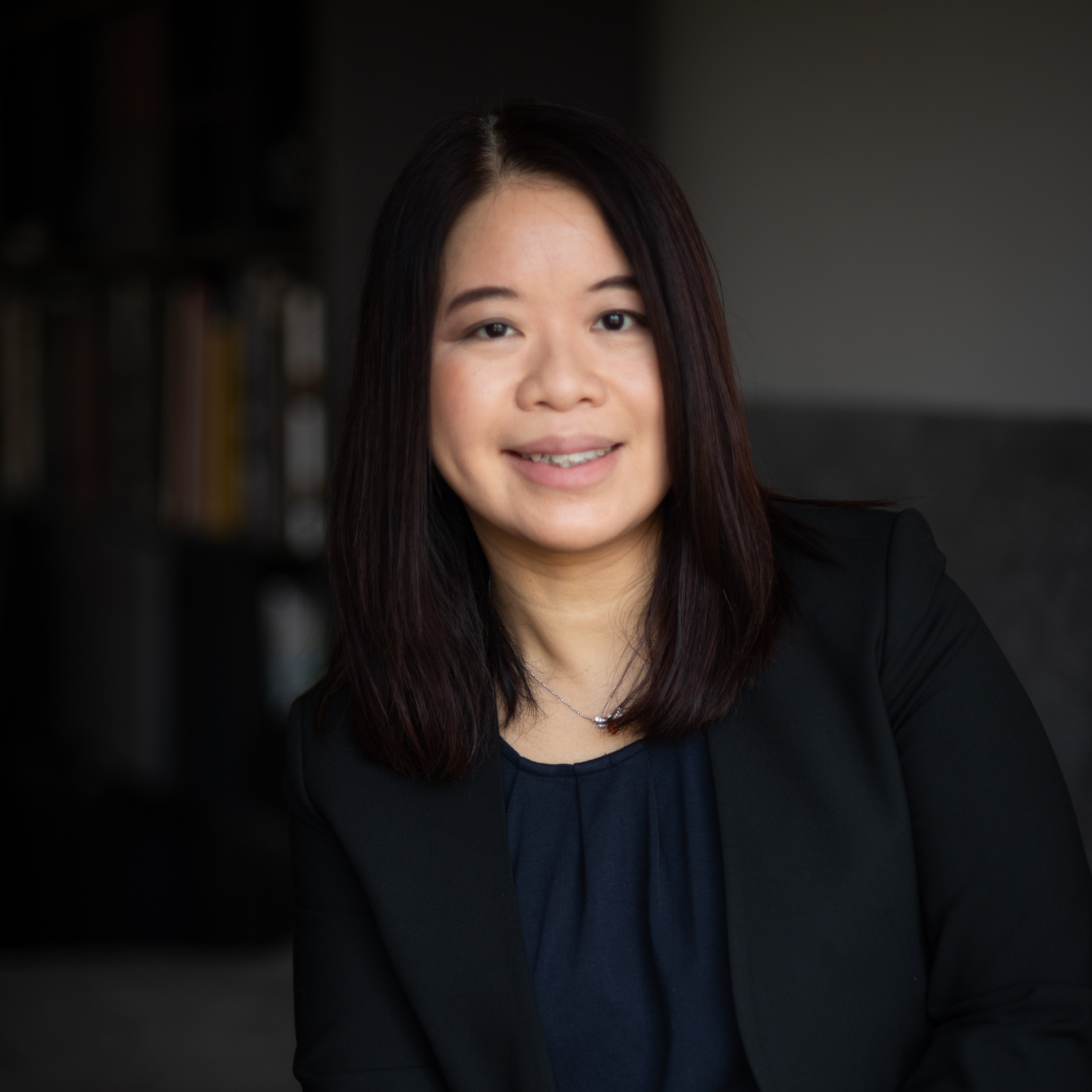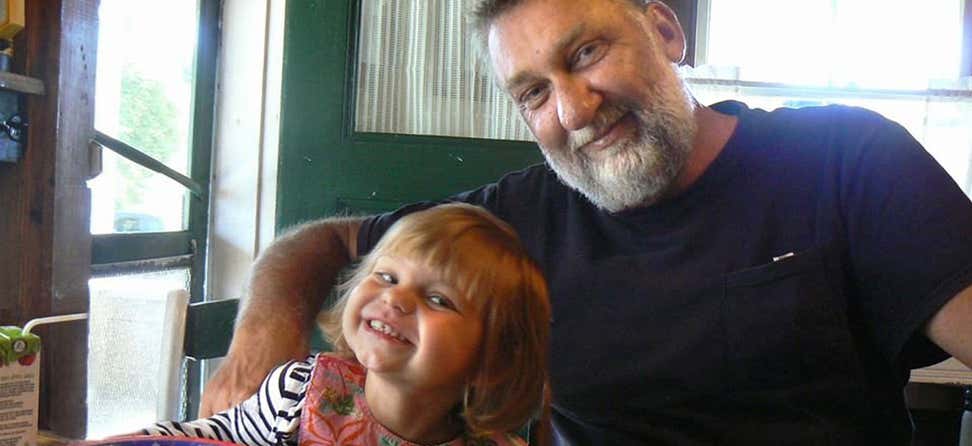Key Takeaways
Latest research shows older workers are facing higher unemployment rates compared to their younger colleagues; they are also recovering at a slower pace.
With more people living longer lives and working longer, it is time for all of us to reimagine the road to financial resiliency.
Digital tools, like NCOA's Age Well Planner, can help older adults plan for a better financial future.
It is increasingly common for people to work longer—beyond traditional retirement age, with more and more embracing independent work. According to the latest research by MBO Partners, there are more than 38 million adult Americans who work independently; more than a quarter (26%) of which are baby boomers.
While contract or short-term work is not new, the gig economy has become more prominent across all age groups, largely due to the proliferation of digital platforms like DoorDash, Task Rabbit, and Uber Eats, among others.
Unfortunately, flexibility with gig work comes at a cost. Many gig companies do not offer any form of healthcare insurance, nor other workplace benefits such as retirement savings plans. Such challenges, especially for the older adults, are exacerbated during the recent economic downturn.
According to a recent report from the Retirement Equity Lab at the New School, not only are older workers facing a higher unemployment rate compared to their younger colleagues; they are also recovering at a slower pace. The gap in employment can cause mature workers to lose their access to healthcare, and the ability to earn income, making them more susceptible to long-term financial security challenges. Coupling this with rising debt from medical bills to credit cards and student loans, we are faced with a perfect storm. With such tremendous challenges, where would older adults and their caregivers turn to for help as they navigate the new complexities of a “new normal”?
Helping more people achieve greater financial independence
With more people living longer lives and working longer, it is time for all of us to reimagine the road to financial resiliency, and consider a more holistic approach that spans across a wider range of financial needs, from planning and budgeting to financial caregiving, healthcare, and debt management.
It is also time to take stock of our financial well-being and re-evaluate our plans according to our life stage, instead of the number of birthday candles, so that we can have a high chance of achieving a more secure financial future not only for ourselves, but for our children and grandchildren. While many of us may find ourselves in caregiving roles that impact our financial lives, we often lack the tools and the know-how to plan for it in advance; and doing so at the point of crisis is simply too late.
As we grapple with the ongoing economic uncertainties, one thing remains clear: Our older citizens need help to better plan for the present and the future.
Purpose of living
Aging is a story of living, the path towards which is not yet written. While factors such as lack of savings and complex financial burdens might dampen our dreams to long-term financial independence, we are not alone. Mission-driven organizations such as NCOA have long advocated for our country’s older citizens, so that they too can age with the dignity that they deserve. With the launch of their newly redesigned Age Well Planner, we now have more tools at our disposal to plan for a better future—together. Our society demands nothing less. This is the American dream that we share.











